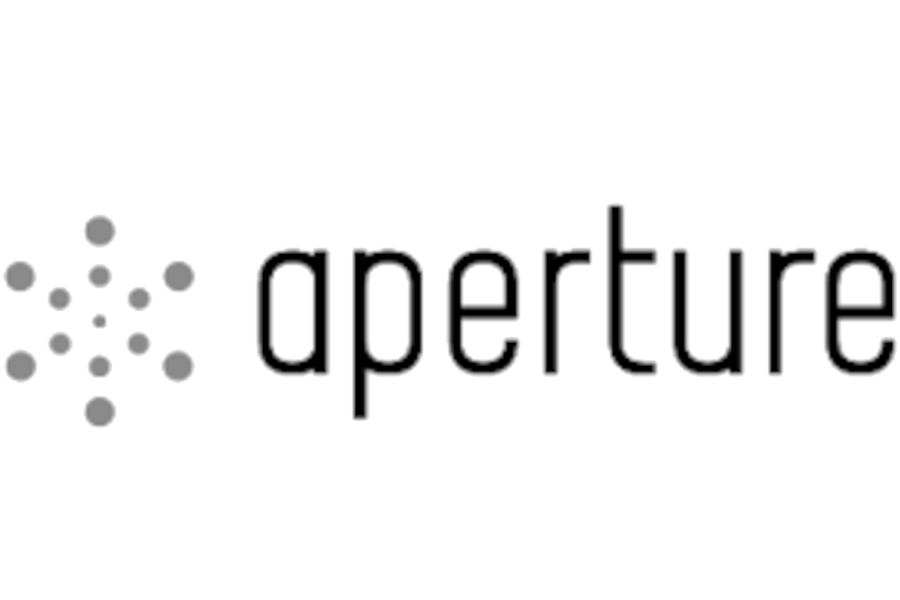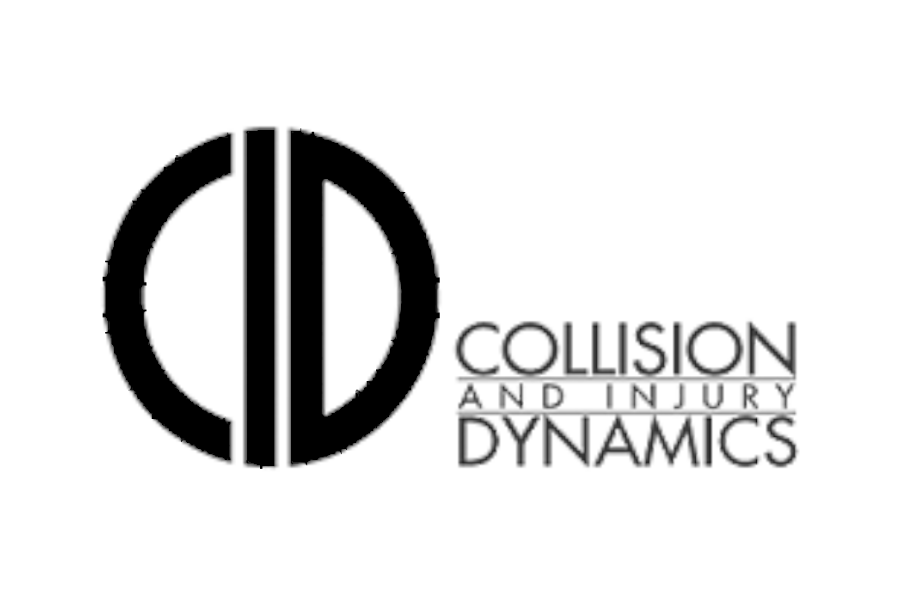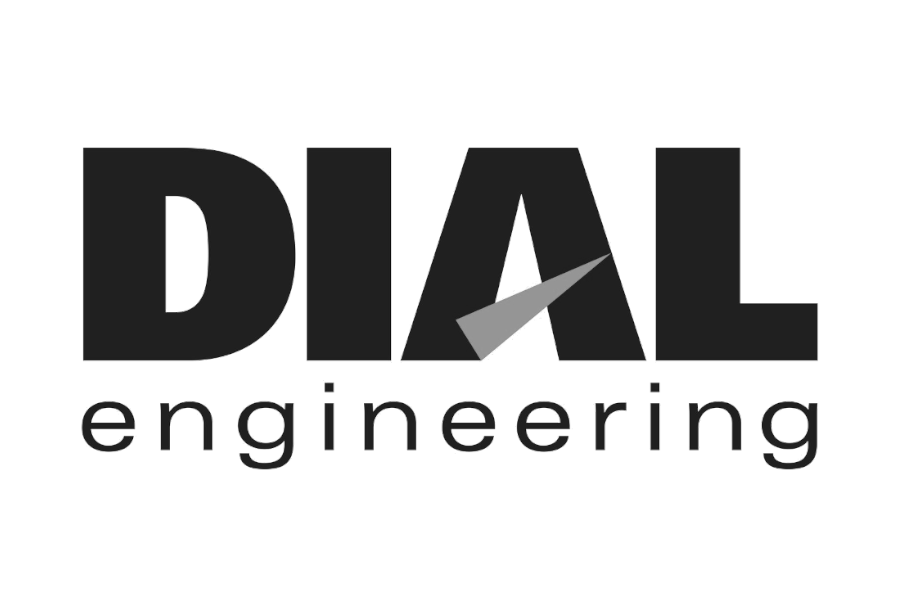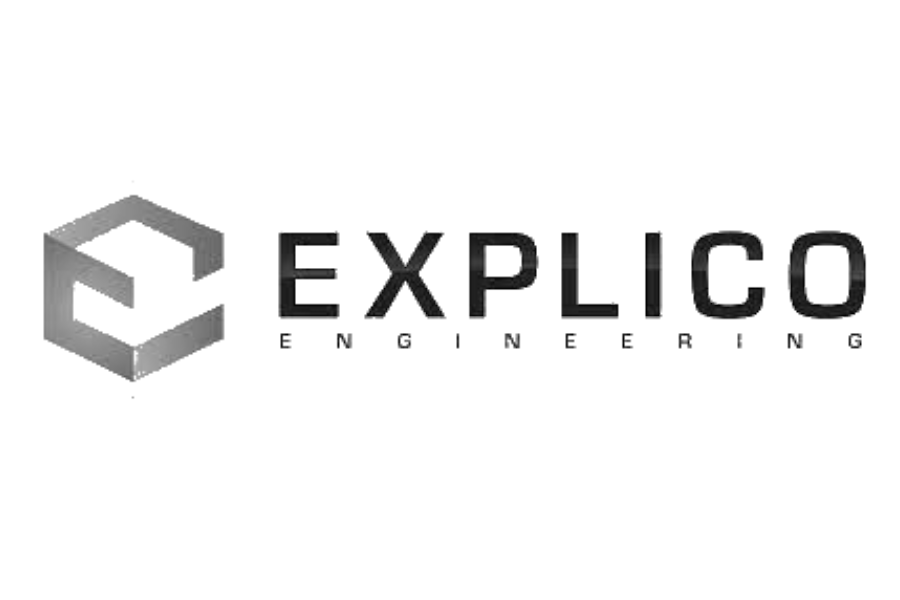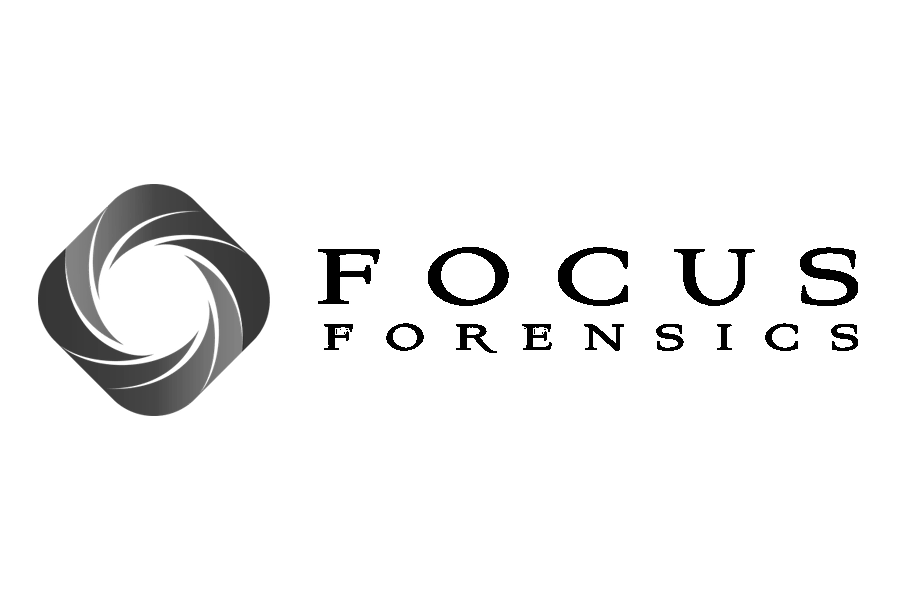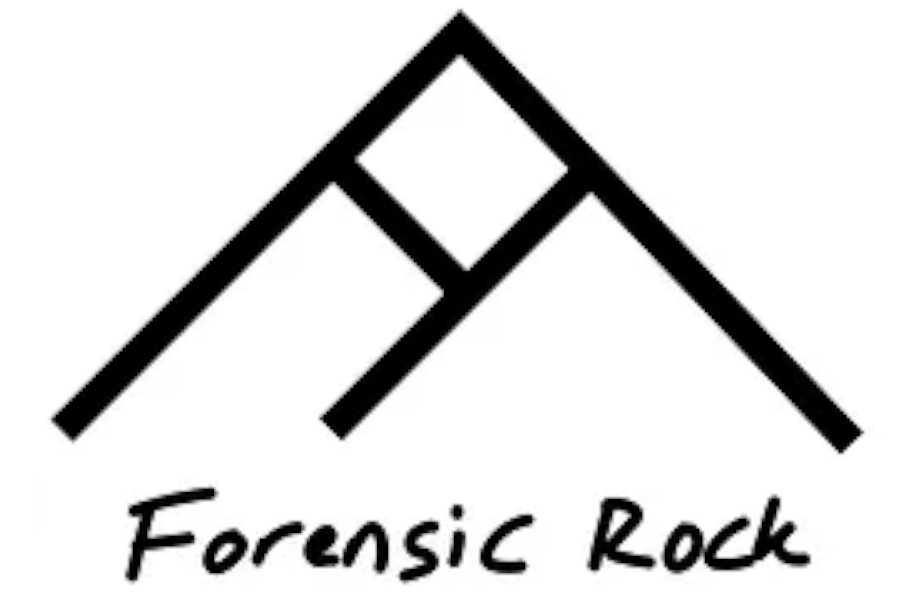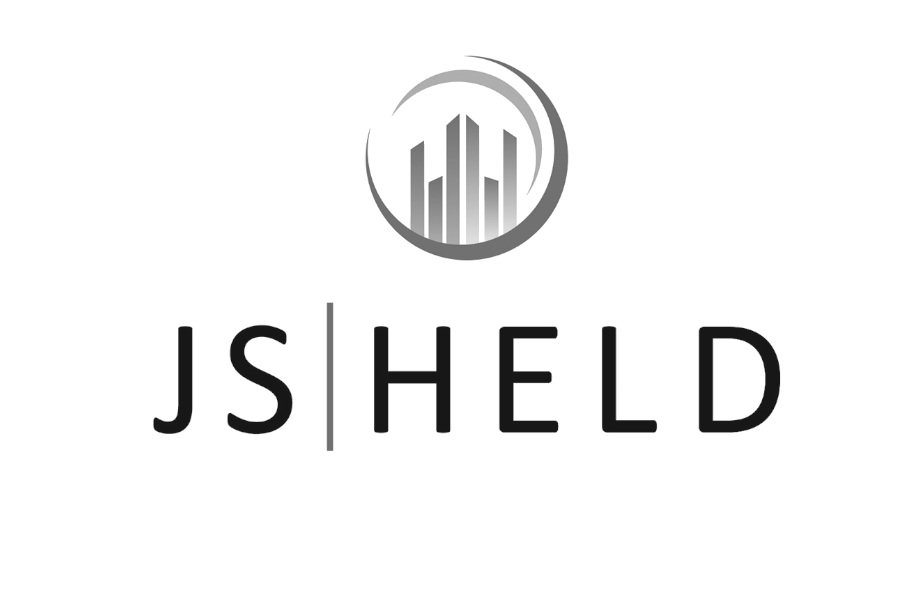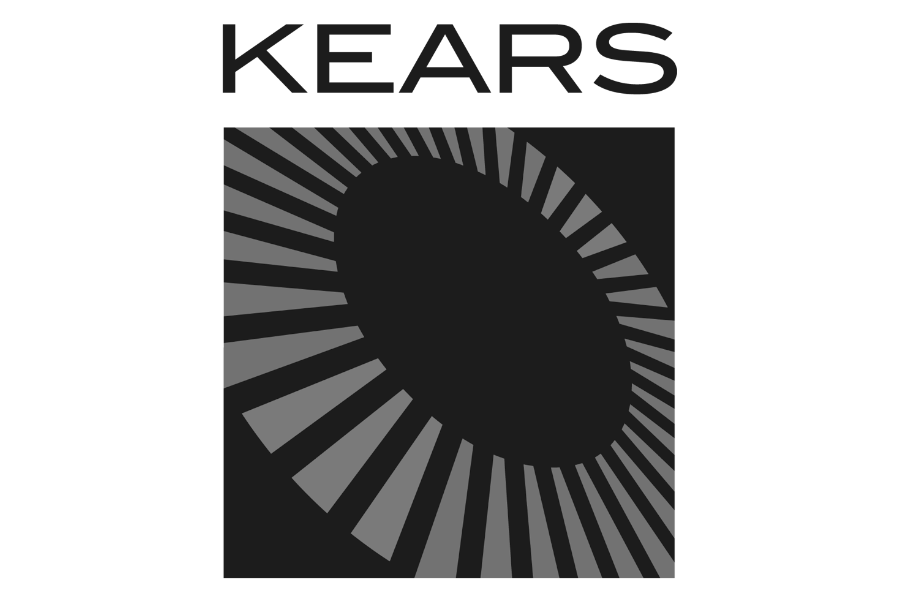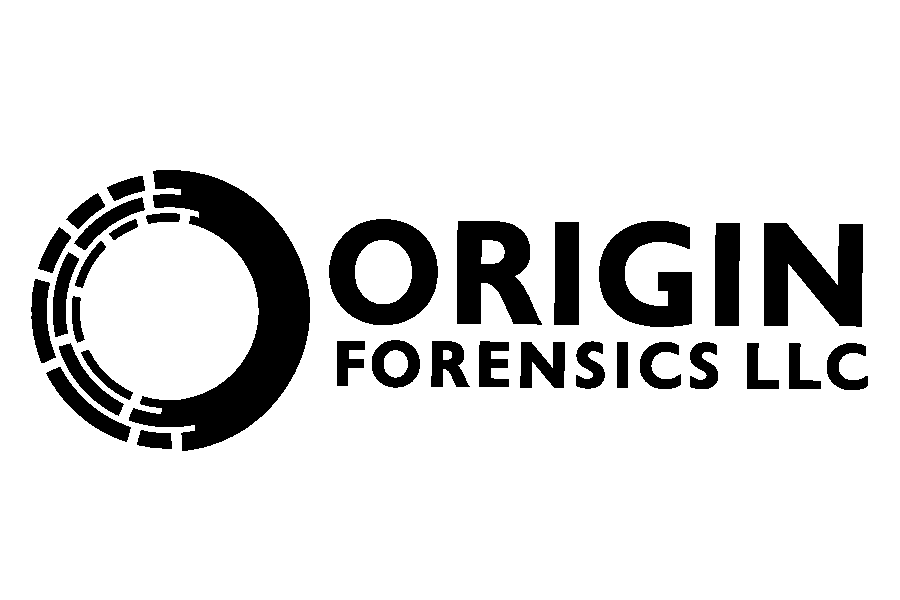sent on november 14, 2025
Before diving in, I want to thank everyone who uses Lightpoint point clouds, motorcycle datasheets, meshes, or attends our classes. Your support makes it possible for me to dedicate a few hours each week to explore interesting topics and share what I learn. I truly appreciate the opportunity. Okay, back to it...
I’m currently working a motorcycle case in a distant land, with inspections on the horizon. I have a decent idea of how the collision occurred thanks to several videos of the incident. However, I’d be able to focus my efforts much more effectively upon arrival if I could determine vehicle speeds and positions beforehand.
Fortunately, some excellent SAE papers by Toby Terpstra et al. discuss the availability of LiDAR data from the United States Geological Survey’s 3D Elevation Program (USGS 3DEP). According to SAE 2018-01-0516, the program was formed “in 2012 with the purpose of collecting and providing standardized, high-quality LiDAR data of the United States.”
They’ve been going at it for years, resulting in extensive coverage, as shown below.
Data quality varies, but here’s what I was able to get around Lightpoint HQ in Westlake Village, California:
The point clouds aren’t nearly as dense as what you’d get from a terrestrial scanner or drone flight, but the data are pretty solid and especially helpful when you need measurements prior to an inspection or if the collision is in an area you can’t access.
Here’s how to get the data:
Go to the National Map Data Download Application here.
Search for the AOI by address or GPS coordinates (upper right)
In the Data section, check the box next to “Elevation Source Data (3DEP) – Lidar, lfSAR.
Check the box next to “Lidar Point Cloud (LPC)”
At the top of the left pane, select “Polygon” and outline the area of interest.
Click “Search Products”
Review the available data and click to download.
You can do a lot with the data, as Toby et al. demonstrate in SAE 2018-01-0516, 2019-01-0423, and 2024-01-2483. As you can see, these authors are prolific.
Many thanks to Toby et al. for putting this resource on my radar, and thanks to you for reading… keep learning!
Lou Peck
Lightpoint | JS Forensics







